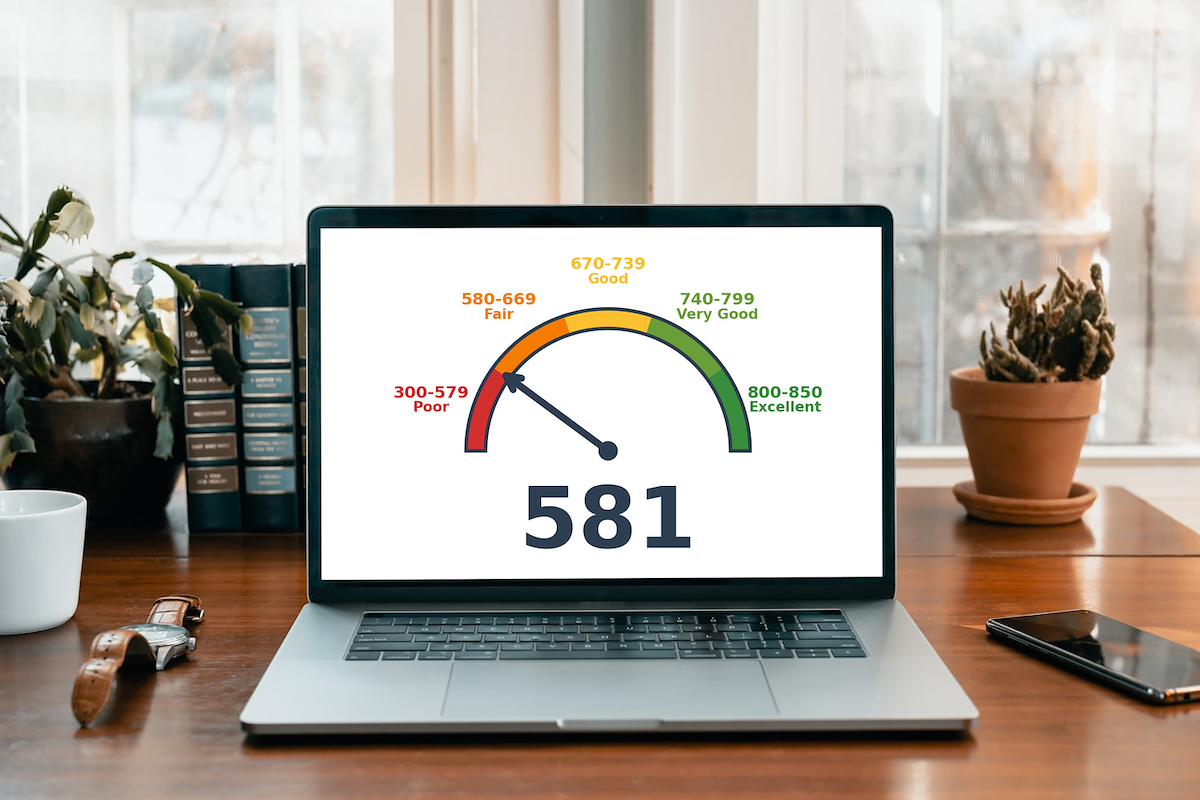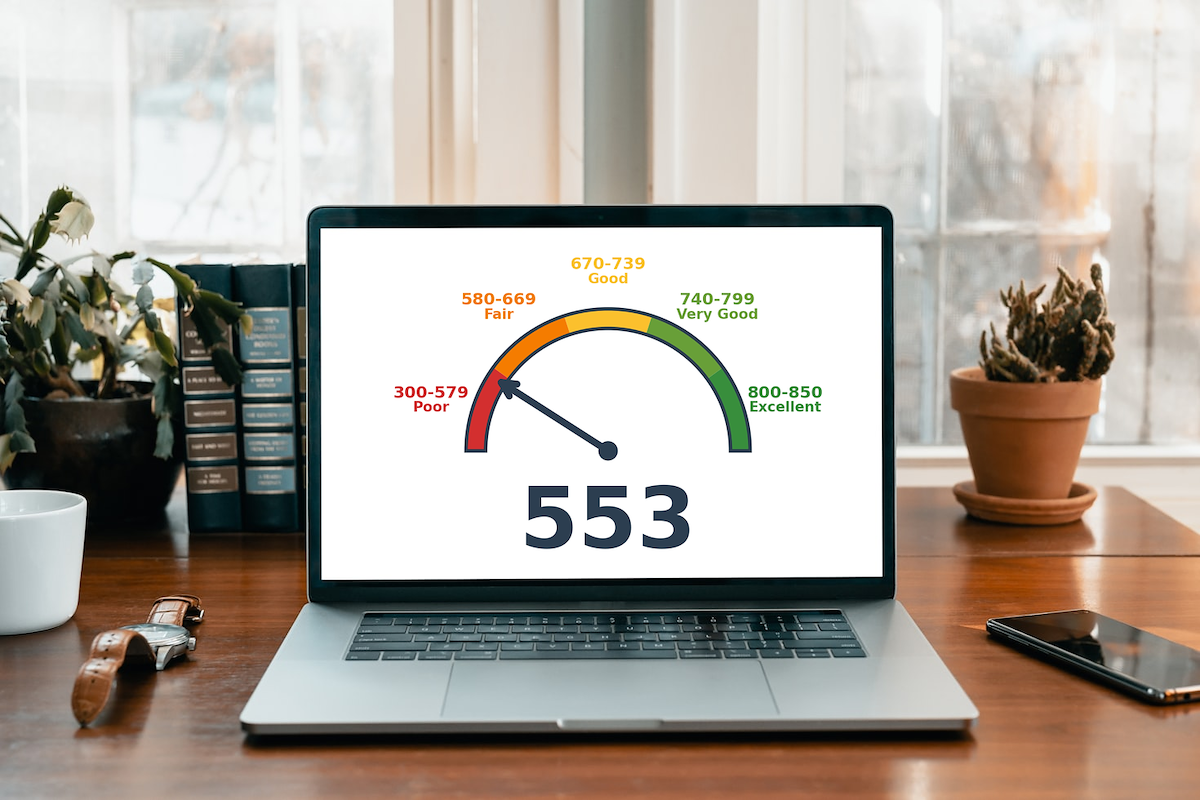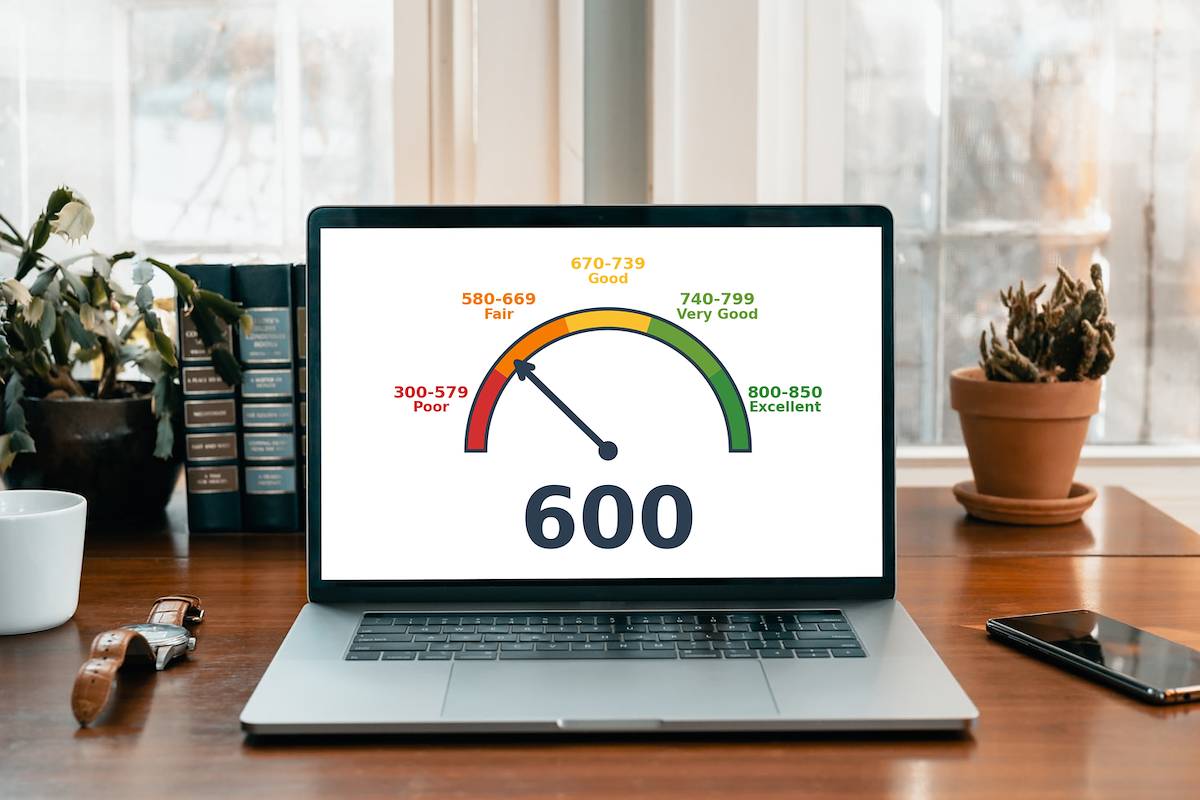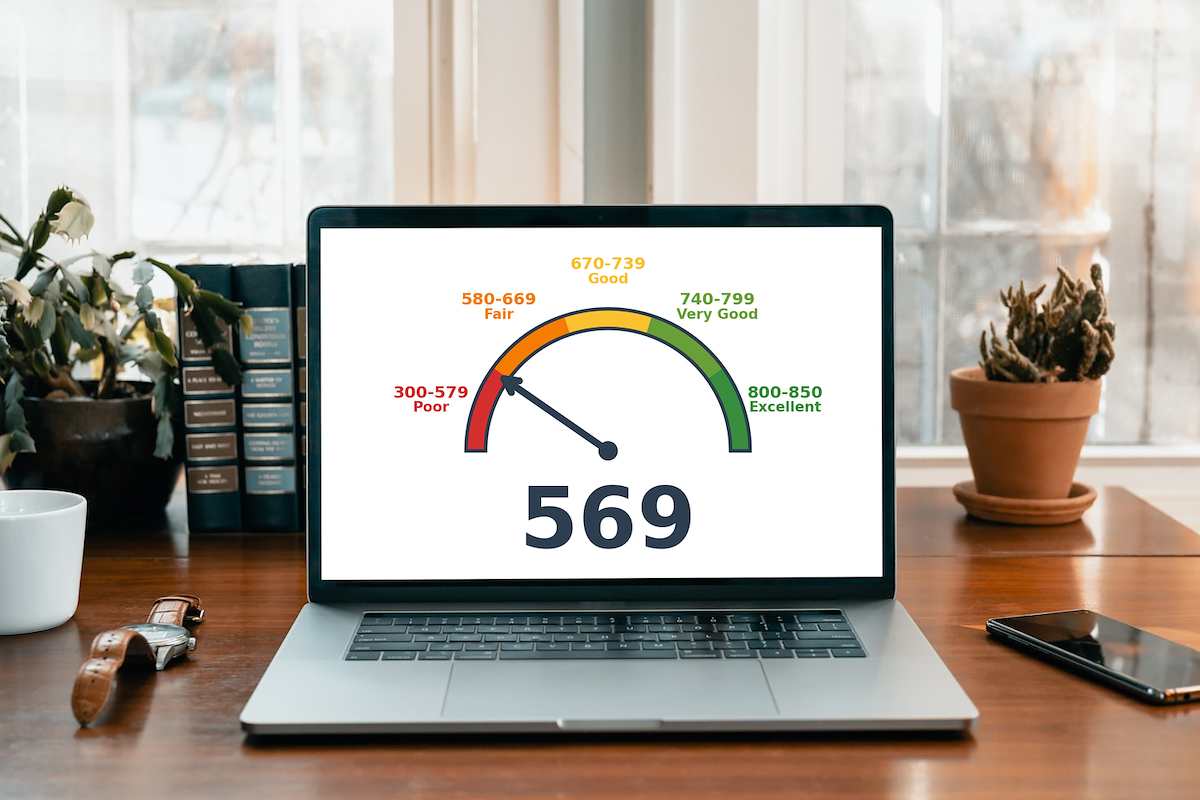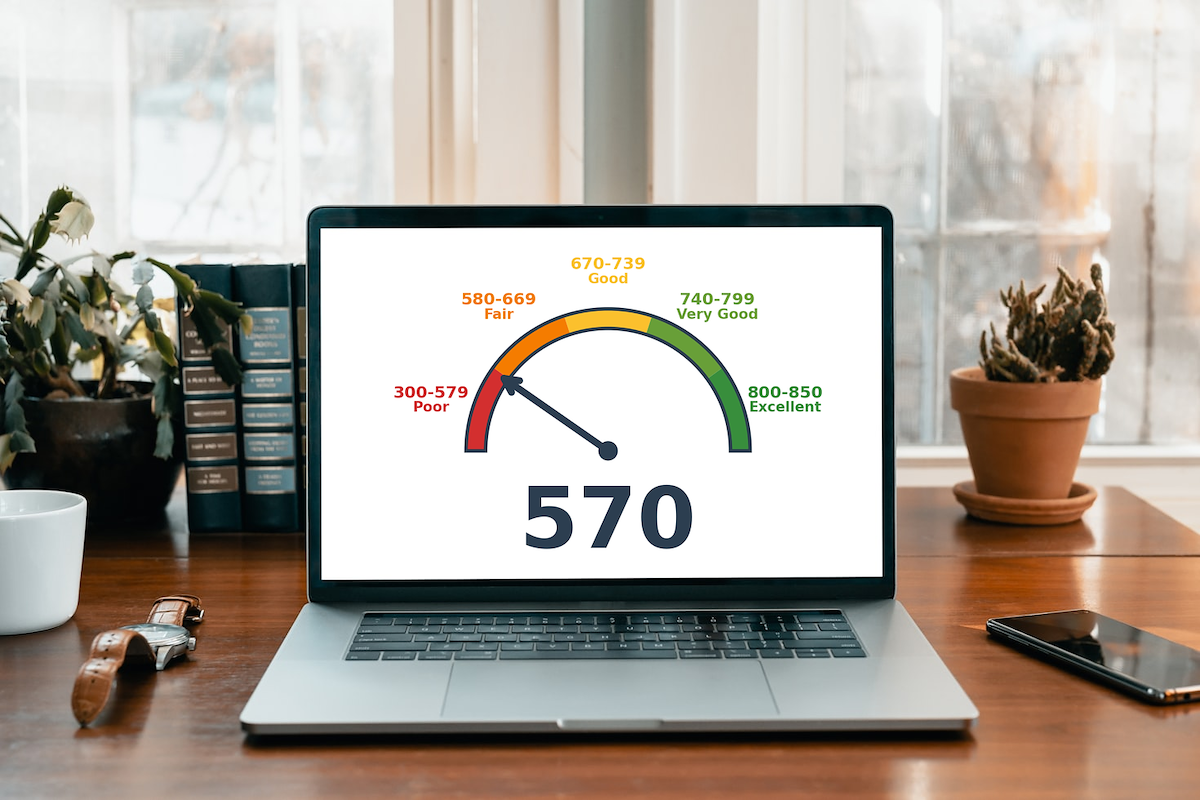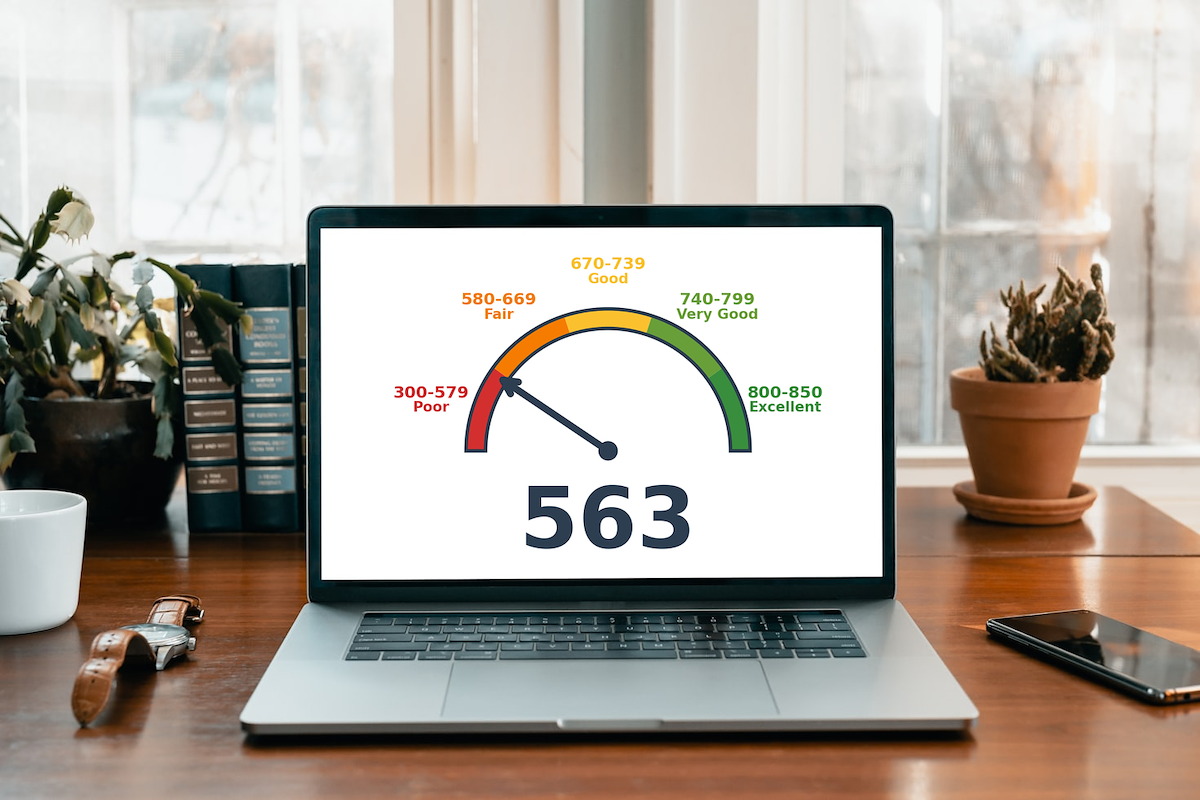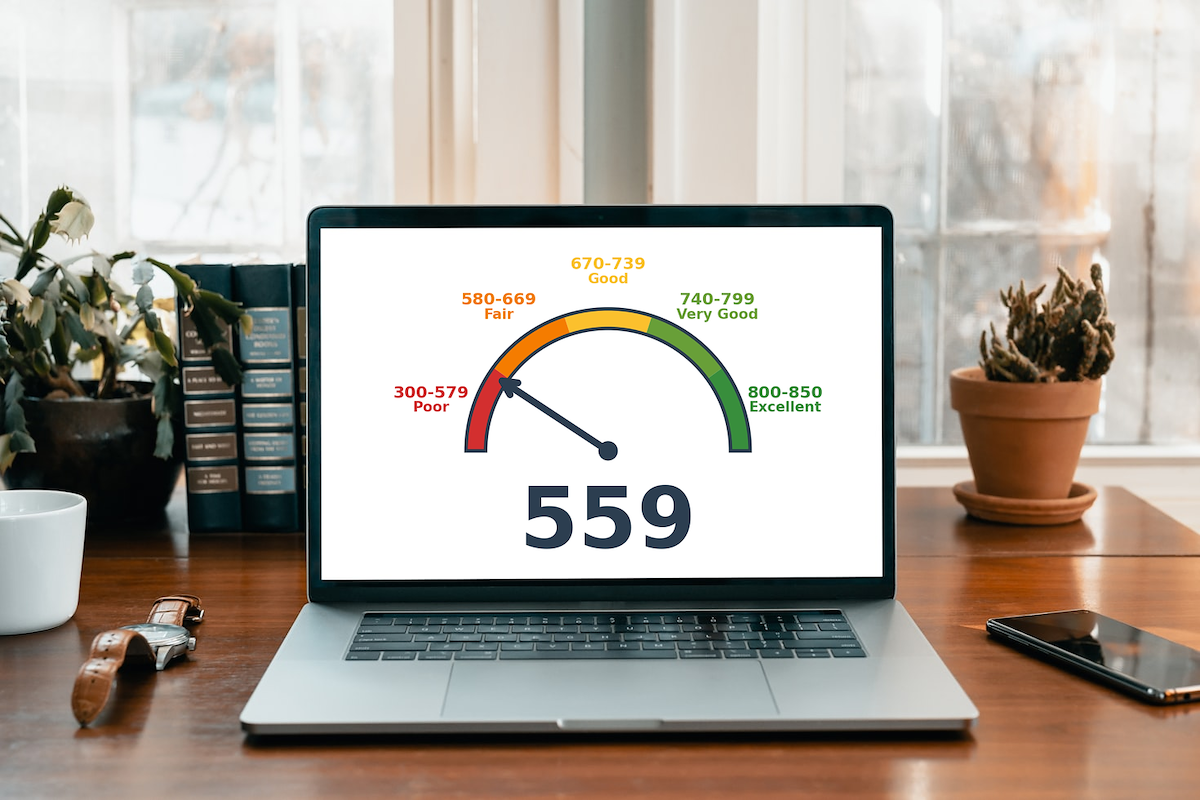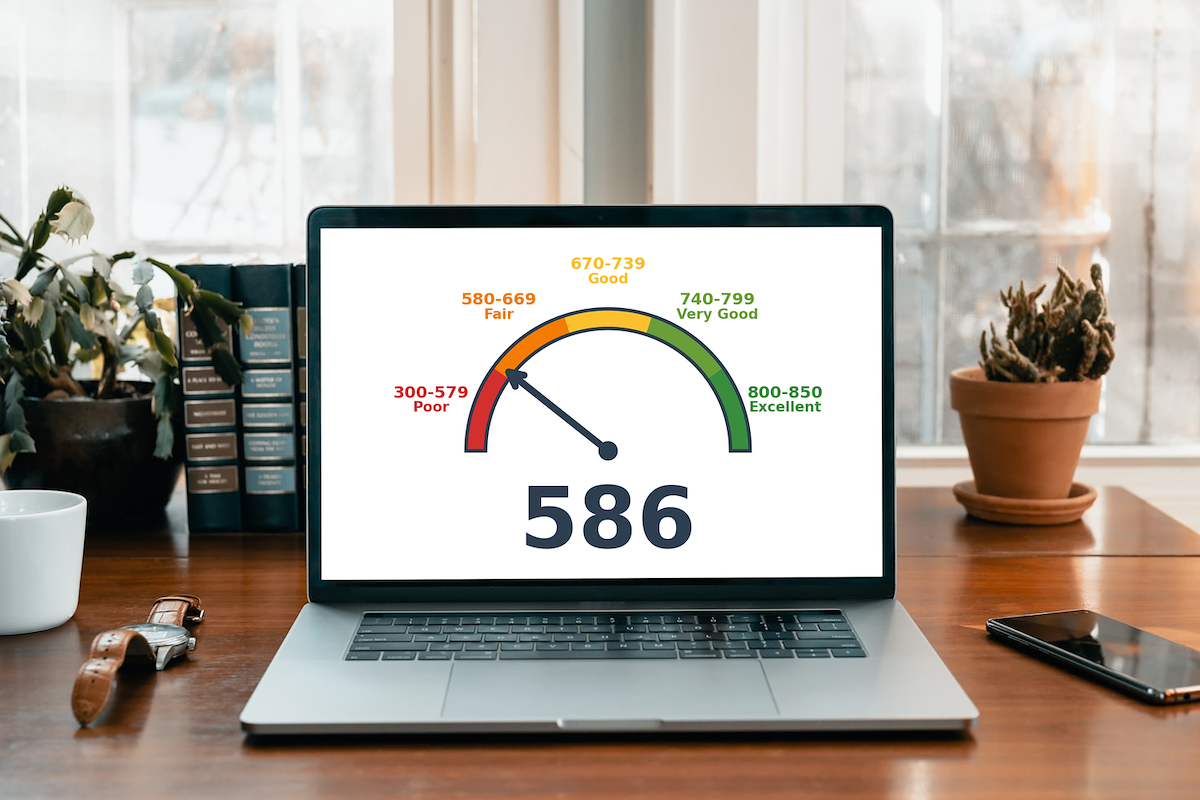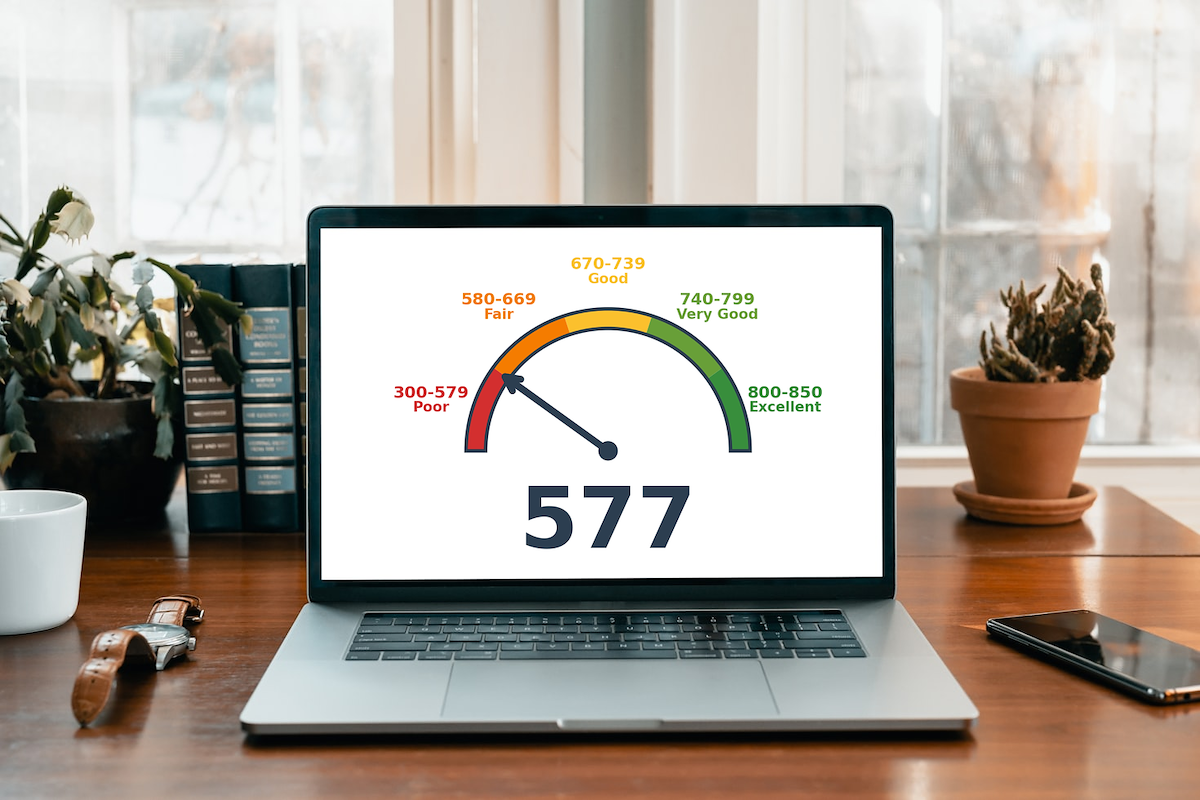
Kudos has partnered with CardRatings and Red Ventures for our coverage of credit card products. Kudos, CardRatings, and Red Ventures may receive a commission from card issuers. Kudos may receive commission from card issuers. Some of the card offers that appear on Kudos are from advertisers and may impact how and where card products appear on the site. Kudos tries to include as many card companies and offers as we are aware of, including offers from issuers that don't pay us, but we may not cover all card companies or all available card offers. You don't have to use our links, but we're grateful when you do!
590 Credit score: What You Need to Know in 2025
July 1, 2025

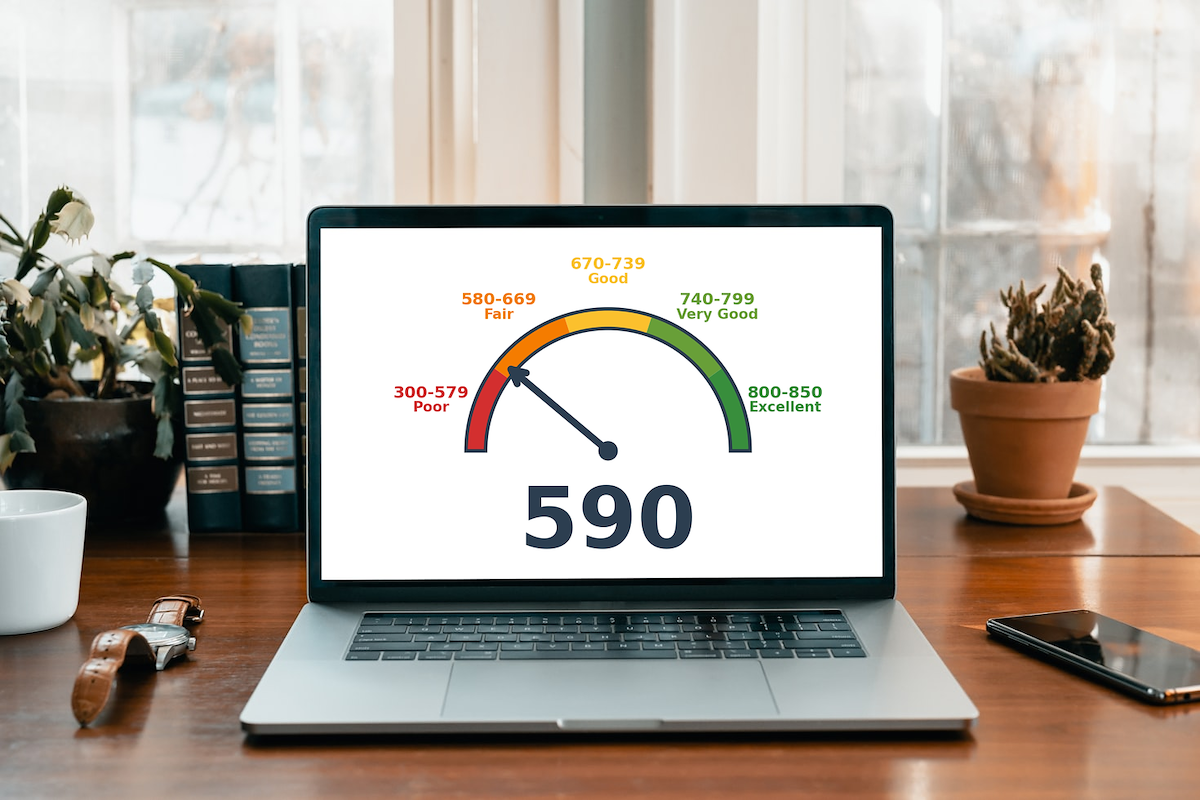
TL;DR
A 590 credit score is a significant step on the path to financial health, placing you squarely in the "Fair" credit category. While there's room for growth to reach prime lending status, this score provides a solid foundation to build upon for future financial success.
What Does a 590 Credit Score Mean?
A FICO score of 590 places you in the "fair" credit range, which typically spans from 580 to 669. While not considered "poor," this score signals to lenders that you may be a higher-risk borrower. It often indicates a credit history with some blemishes, such as late payments or carrying high balances on credit cards. Consequently, lenders will scrutinize your applications more carefully than those from individuals with higher scores.
Financially, this score can present challenges. You might find it more difficult to get approved for loans or new lines of credit. When you are approved, you'll likely face higher interest rates and less favorable terms, making borrowing more expensive. While a 590 score can be limiting, it's not a permanent state. It represents a starting point from which you can work toward building a stronger financial future.
Who Has a 590 Credit Score?
- Generation Z (ages 18-26): The youngest adult generation has an average FICO score of 680.
- Millennials (ages 27-42): This group holds an average score of 690.
- Generation X (ages 43-58): The average credit score for Gen X is 709.
- Baby Boomers (ages 59-77): Boomers have an average score of 745, according to Experian data.
- Silent Generation (ages 78 and older): This generation has the highest average score at 760.
Credit Cards With a 590 Credit Score
A credit score of 590 falls into the "fair" credit range, which can present some hurdles when applying for a new credit card. Lenders often view scores in this range as a higher risk, potentially leading to rejections for premium cards or approvals with less favorable terms like higher interest rates and lower credit limits. While it makes qualifying for top-tier rewards cards difficult, it doesn't completely close the door on building credit, as several options are specifically designed for applicants in this situation.
Kudos can help you find the right card for your situation with its personalized recommendation engine, which matches you to options based on your financial preferences. The platform also offers features that analyze your spending habits and provide credit score insights, ensuring you choose a card that aligns with your financial goals.
Auto Loans and a 590 Credit Score
A 590 credit score places you in the subprime lending category, which can make securing an auto loan more challenging and expensive. While approval is still possible, you should expect to face significantly higher interest rates than borrowers with stronger credit profiles.
According to data from Experian, here’s how the average rates break down for new and used car loans:
- Super-prime (781-850): 5.25% for new cars and 7.13% for used cars
- Prime (661-780): 6.87% for new cars and 9.36% for used cars
- Non-prime (601-660): 9.83% for new cars and 13.92% for used cars
- Subprime (501-600): 13.18% for new cars and 18.86% for used cars
- Deep subprime (300-500): 15.77% for new cars and 21.55% for used cars
Mortgages at a 590 Credit Score
While a 590 credit score is below the typical 620 minimum for a conventional loan, it doesn't disqualify you from homeownership. Your most likely path is an FHA loan, which accepts scores as low as 580 with a 3.5% down payment. Though less certain, some lenders might also consider you for a VA or USDA loan, but they generally prefer higher scores.
A lower score directly impacts your loan terms. You can expect an interest rate significantly higher than those offered to borrowers with good credit. According to a Kudos mortgage guide, FHA loans also come with mandatory mortgage insurance premiums, increasing your monthly payment and overall borrowing cost. Lenders will also scrutinize your finances more closely.
What's in a Credit Score?
Figuring out what goes into your credit score can feel like trying to solve a complex puzzle, but it generally boils down to a handful of key elements. The most common factors include:
- Your history of making payments on time is the most significant factor.
- How much of your available credit you're currently using, known as your credit utilization ratio, plays a major role.
- The age of your credit accounts, including the average age and the age of your oldest account, is also considered.
- Lenders like to see that you can responsibly manage different types of credit, such as credit cards and loans.
- Opening several new credit accounts in a short period can be seen as a risk and may temporarily lower your score.
How to Improve Your 590 Credit Score
Improving your credit score is an achievable goal that requires consistent, positive financial behaviors. Even with a 590 score, taking the right steps can lead to meaningful improvements and better financial opportunities.
Monitor your credit reports. You can get free reports from the major bureaus to identify and dispute any inaccuracies that might be unfairly lowering your score.
Establish automatic bill payments. Since payment history is the most significant factor in your score, automating payments ensures you never miss a due date and avoid damaging late fees.
Reduce your credit utilization ratio. Aim to use less than 30% of your available credit, as this shows lenders you are not over-reliant on debt and can manage your accounts responsibly.
Address collection accounts. If you have outstanding debts in collections, negotiating a settlement or requesting a goodwill deletion can help remove these negative marks from your report.
As you build better habits, the Kudos browser extension can help you use your credit cards more strategically.

Supercharge Your Credit Cards
Experience smarter spending with Kudos and unlock more from your credit cards. Earn $20.00 when you sign up for Kudos with "GET20" and make an eligible Kudos Boost purchase.
Editorial Disclosure: Opinions expressed here are those of Kudos alone, not those of any bank, credit card issuer, hotel, airline, or other entity. This content has not been reviewed, approved or otherwise endorsed by any of the entities included within the post.


















